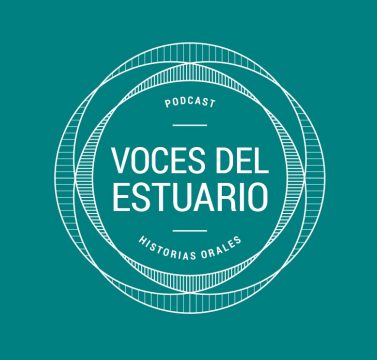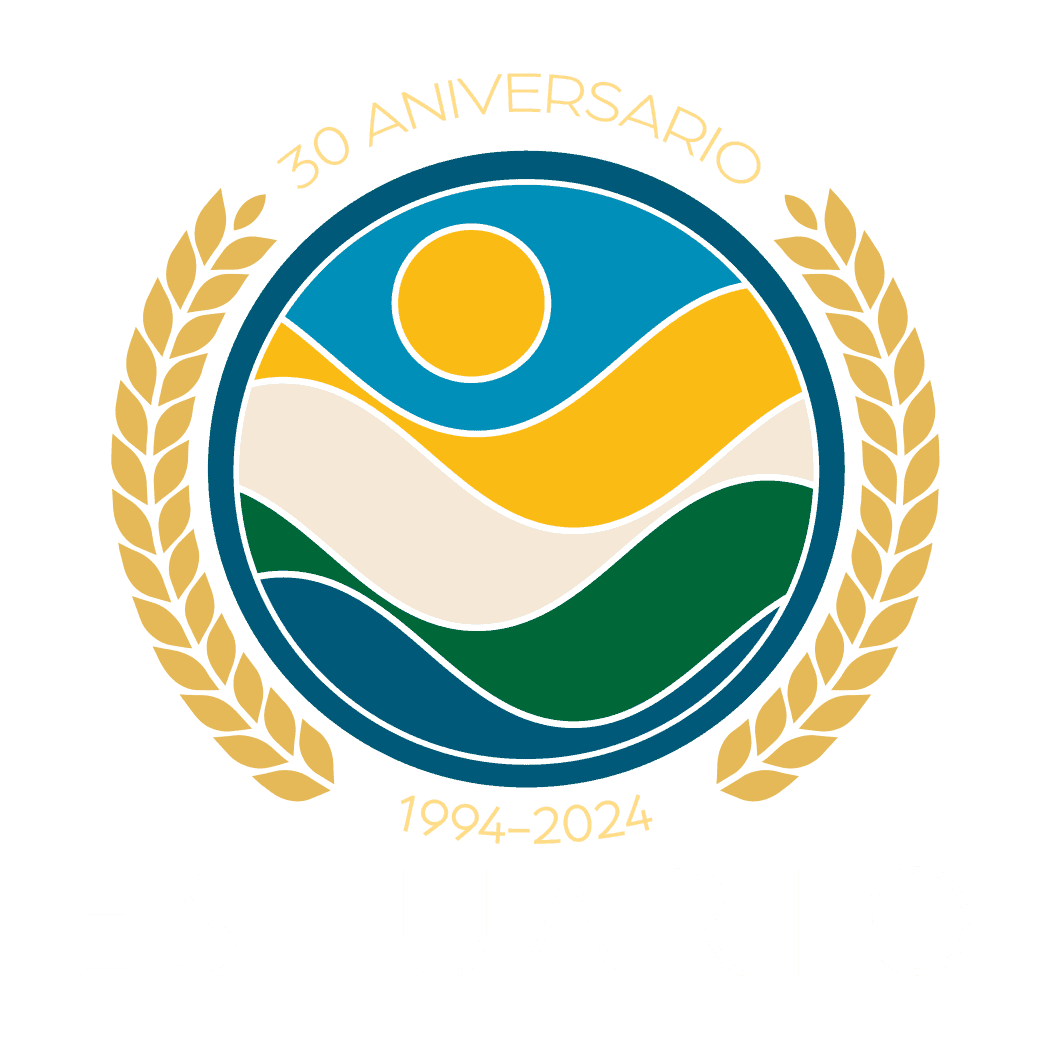“Voces del Estuario” explores the experiences and life lessons of the residents of the community of the hydrographic basin of the estuary through oral history. This revives the urban memory of the transformation of the metropolitan area of Puerto Rico and its cultural heritage. This initiative of the Estuario de la Bahía de San Juan Program is possible thanks to a grant from the Puerto Rican Foundation of Humanities.

Angélica Huertas, resident of the Juana Matos community in Cataño, had lived in the same place that she purchased around 70 years ago, when the community settled in swampy land covered with debris. Today, one of her 10 children Pedro Carrión works for the restoration of the sector and leads the neighborhood effort that oversees the preservation of the Natural Reserve of Ciénaga Las Cucharillas, which is part of the estuary. We dedicate this episode to the memory of Angélica Huertas.
The protection of natural resources needs the active participation of the surrounding communities. The neighbors who have lived with nature for generations know how to respect the green infrastructure needed for sustainability. In this episode, Maricruz Rivera Clemente shares the wisdom she has inherited from her ancestors that today promotes important empowerment and self-management initiatives in Piñones, which is part of the ecosystem of the estuary.
The settlers of the Canter community in San Juan came from all around Puerto Rico in search of work during the first half of last century. Since they did not have homes, they improvised shacks on the shore of the San José lagoon, which at that time was bioluminescent with an abundance of fish. José Santiago Reíllo, teacher and veteran community leader, recalls how human activity degraded the body of water, and how, decades later, the determination of the community has contributed to its restoration.
In the Caimito district, located in the southern mountains of San Juan, the Chiclana Ravine was born. It is one of the veins that nurture the Piedras river, which flows into the San Juan Bay. At the riverbank, Hidelisa Román and community leader Juan Cruz enjoyed the abundant flora and fauna. They lived there through important periods of history and saw the community transform. In this episode they talk about their experiences and struggles.
Listen
The Estuario Sonoro podcast features interviews with resilient communities and members of the Estuario team provides useful information to conserve the bodies of water, the progress of the water quality in the Estuario de la Bahía de San Juan’s eight municipalities, and news about the organization and activities with the Executive Director.
Estuario Profundo has in-depth interviews with experts in the environment and educational fields in Puerto Rico.
Millie Gil interviews the attorney Rafael Machargo Maldonado, Secretary of the Department of Natural Resources (DRNA, for its Spanish acronym).
Millie Gil interviews the environmental planner and Director of Environmental Protection of the Caribbean with the Environmental Protection Agency (EPA), Carmen R. Guerrero.
Millie Gil interviews professor, researcher, and soil and water health specialist, Gustavo Martínez.
Millie Gil interviews Fernando Lloveras San Miguel, Executive Director of the Puerto Rico Conservation Trust.
Millie Gil interviews Rebecca González, coordinator of the Resilience Team and Community Connection Unit of the estuary.
In the fifth episode of Estuario Profundo, Millie Gil interviews Maria Luisa Cortijo and Juan Pablo Vizcaíno, mother and son, from El Ancón de Loíza.
In the fourth episode of #EstuarioProfundo, Millie Gil interviews the environmental journalist, Gerardo Alvarado León. Subscribe on your favorite podcast app or listen to it here.
Millie Gil interviews Jorge Bauzá, biologist and scientific director of the Estuario de la Bahía de San Juan Program.
Cristina Ramírez is a geographer and expert in the management of solid waste, coordinator of alliances and community outreach of the Estuario de la Bahía de San Juan Program. Here she chats with Millie Gil in Estuario Profundo.
This episode provides a space to think, chat, and learn about the relevance of our bodies of water, their restoration, conservation, and responsible management. Millie Gil interviews Brenda Torres, Executive Director of the Estuario de la Bahía de San Juan Program.
In this new episode of Estuario Sonoro, we talk about green infrastructure with Dr. Elvia Meléndez, ecologist and professor of environmental sciences at the UPR Río Piedras; the architect Brenda Martínez talks about existing projects; and Brenda Torres, director of the Estuario, elaborates on the subject.
We talk with doctor and scientific researcher Tischa Muñoz, expert on the effects of flooding in urban areas. Brenda Torres, the director of the Estuary, elaborates on the subject in reference to the hydrographic basin of the estuary.
We talk about the mitigation plan for the hydrographic basin of the Estuario de la Bahía de San Juan with Yulianna de la Cruz, Project Manager; Zuleyka Cruz, Risk Mitigation Planner; Marisabel Rodríguez, Green Infrastructure Project Manager; and Brenda Torres Barreto, the executive director of the estuary.
In this new episode of Estuario Sonoro, we elaborate on the project “If It Doesn’t Touch the Ground, It Won’t Reach the Water”, a campaign about the responsible management of waste in the Loíza street in Santurce. We talk with Iliana García and Yaritza Lozano, two members of the community. Cristina Ramírez also provides advice on how to decrease our waste and Brenda Torres narrates how the project came to life.
We talk about the educational work of the organization with Eliezer Nieves, the director of the educational program of the estuary. Coral Avilés, Educational Coordinator, talks about the Ebird app; and we remember Gamaliel Pagán, singer-songwriter and lover of birds for whom the annual census is named after.
We talk with biologists Jorge Bauzá and Harold Manrique about the quality of the water and the role of the scientific citizens. In “Anota el dato”, the estuary educational coordinator, Coral Avilés, tells us what we can do to improve the quality of the water.
We talk about crisis and mental health with Dr. Carisa Cabán, and in “Anota el dato” the social worker Amarilis García talks about how we can get healthy on the individual and collective levels.
We talk about global warming with biologists Jorge Bauzá and Edwin Hernández. They explain the impact that the heat has on corals. In “Anota el dato,” Cristina Ramírez, expert in waste management, talks about the measures we can implement to help decelerate climate change.
Listen to the fifth episode of Estuario Sonoro: Laguna del Condado here, in your favorite podcast app, or here:
El Ancón in Loíza pays tribute to the history of El Ancón through community work and art. We talk with Alex Villegas, coordinator of the Resilience Center of the estuary, Juan Pablo Vizcaíno and María Luisa Cortijo of El Ancón, and Gabriel Agosto talks about kitchen gardens and planting ginger. Brenda Torres, the director of the estuary, talks about the Río Grande de Loíza.
This episode includes an interview with Rebeca González, leader of the coordinators of the Resilience Centers; Gabriel Agosto, agronomist, talks about planting sweet potatoes in our home gardens; we meet Wanda Figueroa, community leader of the Puente Blanco community in Cataño; and we hear news from the director of the estuary, Brenda Torres.
We interviewed the President of the A.A.A., engineer Doriel I. Pagán Crespo. We also talk with Jorge Bauzá and remember the drought of 1994. Brenda Torres, director of the estuary, talks about water monitoring.
Here we hold conversation about the Estuario de la Bahía de San Juan and its basin, which extends through eight municipalities, and the habitat it provides for multiple plant and animal species.

